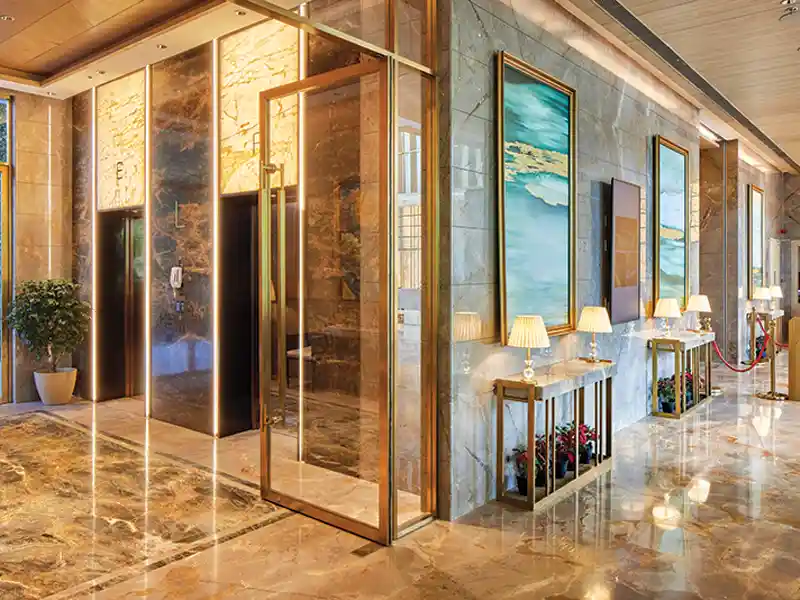
In response to the infrastructural challenges burdening many cities, the landscape of architectural intervention in India has evolved dramatically, offering architects the chance to effect meaningful change. Concurrently, there has been a notable rise in Indian architects who, having pursued architectural education abroad, are returning to their homeland to contribute to the transformative journey unfolding in the country. This convergence of factors underscores the burgeoning landscape of architectural practice in India, marked by a rich tapestry of domestic talent and global expertise to address the pressing needs of a rapidly evolving society.
Indian architecture is mirroring global trends while addressing unique societal needs and cultural contexts. This evolution is palpable in the country’s diverse architectural landscape, where traditional and contemporary styles intersect to create innovative and culturally resonant spaces. As the country undergoes rapid urbanisation and economic growth, architects are faced with the challenge of balancing modernization with preservation, sustainability, and inclusivity.

The architecture profession in India is evolving in response to various global trends and technological advancements. Architects are increasingly integrating sustainable practices, smart technology, and advanced building materials into their designs. This evolution is evident in the diversification of project typologies, with architects catering to various corporate, educational, hospitality, and residential sectors. Architects are streamlining design processes and enhancing project outcomes by embracing interdisciplinary collaborations and emerging technologies like BIM and 3D printing. This adaptability allows architects to respond dynamically to changing client demands, market trends, and regulatory requirements, fostering creativity and driving industry growth.
The interface between building materials, technology, engineering, and architecture is driving significant improvements in construction practices. Architects are using advanced materials such as carbon-neutral concrete, recycled steel, and sustainable wood to create durable, energy-efficient structures. Integrating technology like prefabrication, robotic construction, and renewable energy systems further enhances efficiency and reduces environmental impact. This interface improves the quality and speed of construction and enhances sustainability, aligning with global efforts to mitigate climate change and reduce carbon emissions.
Architects will be pivotal in shaping resilient, inclusive, and technologically advanced built environments that respond to evolving societal needs and environmental challenges. The future of architecture will likely witness further integration of smart technologies, renewable energy solutions, and biophilic design elements to create healthier, more liveable spaces that foster well-being and community connectivity. Collaboration across disciplines, a commitment to sustainability, and a focus on human-centric design will be key drivers in the years to come, ensuring that Indian architecture remains at the forefront of global innovation and excellence.















